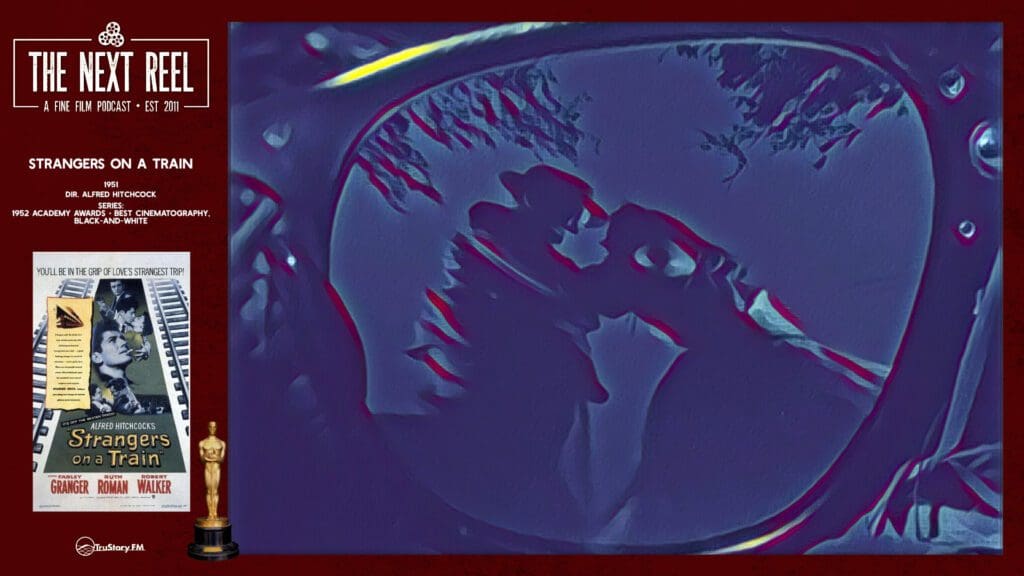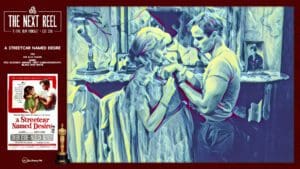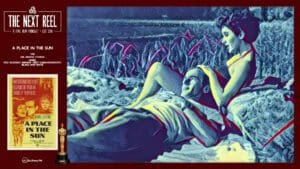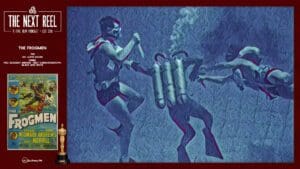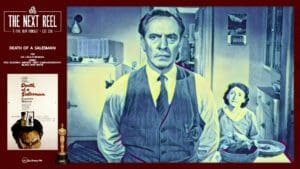In 1951, Alfred Hitchcock was at a low point in his career after the disappointing critical reception of his previous two films, Under Capricorn and Stage Fright. Desperate for a hit, he wanted to adapt the 1950 Patricia Highsmith novel Strangers on a Train about a chance encounter that leads to a murder pact between two very different men. He bought the rights and enlisted screenwriter Raymond Chandler to adapt the book for the screen. Though Chandler delivered a script, Hitchcock ultimately rejected it in favor of a rewrite by Czenzi Ormonde and an uncredited Barbara Keon. With his leads locked in – Farley Granger as tennis pro Guy Haines and Robert Walker as the villainous Bruno Antony – Hitchcock began production on what would become another tension-filled thriller. Join us – Pete Wright and Andy Nelson – as we continue the 1952 Academy Awards Best Cinematography • Black-and-White Nominees series with a conversation about Strangers on a Train.
Here’s a hint at what we talk about:
In this episode, we dive deep into the fantastic performances by Robert Walker as the creepy and charismatic Bruno and Farley Granger as the morally conflicted Guy. We also discuss the homoerotic undertones in the film and how Hitchcock used them to toy with ideas about sexuality and identity. Though we find a few plot holes, overall we both agree this is one of our favorite Hitchcock films thanks to its psychological tension, unique visual style, and fun fairground climax.
One of the standout elements of Strangers on a Train is the striking black-and-white cinematography by Robert Burks. In his first collaboration with Hitchcock, Burks brought an experimental flair that heightens the psychological tension. The use of shadows, unique camera angles, stylized lighting, and innovative techniques like the curved lens shot of Miriam’s murder create an atmosphere of dread and danger. Burks’ innovative work garnered him an Oscar nomination and built the foundation for a longtime partnership with Hitchcock.
Strangers on a Train is a taut, psychologically complex thriller brought to life by Hitchcock’s masterful direction. We have a great time talking about it, so check it out then tune in. The Next Reel – when the movie ends, our conversation begins!
Film Sundries
- Watch this on Apple or Amazon, or find other places at JustWatch
- Script Options
- Theatrical trailer
- Original Material
- Letterboxd







